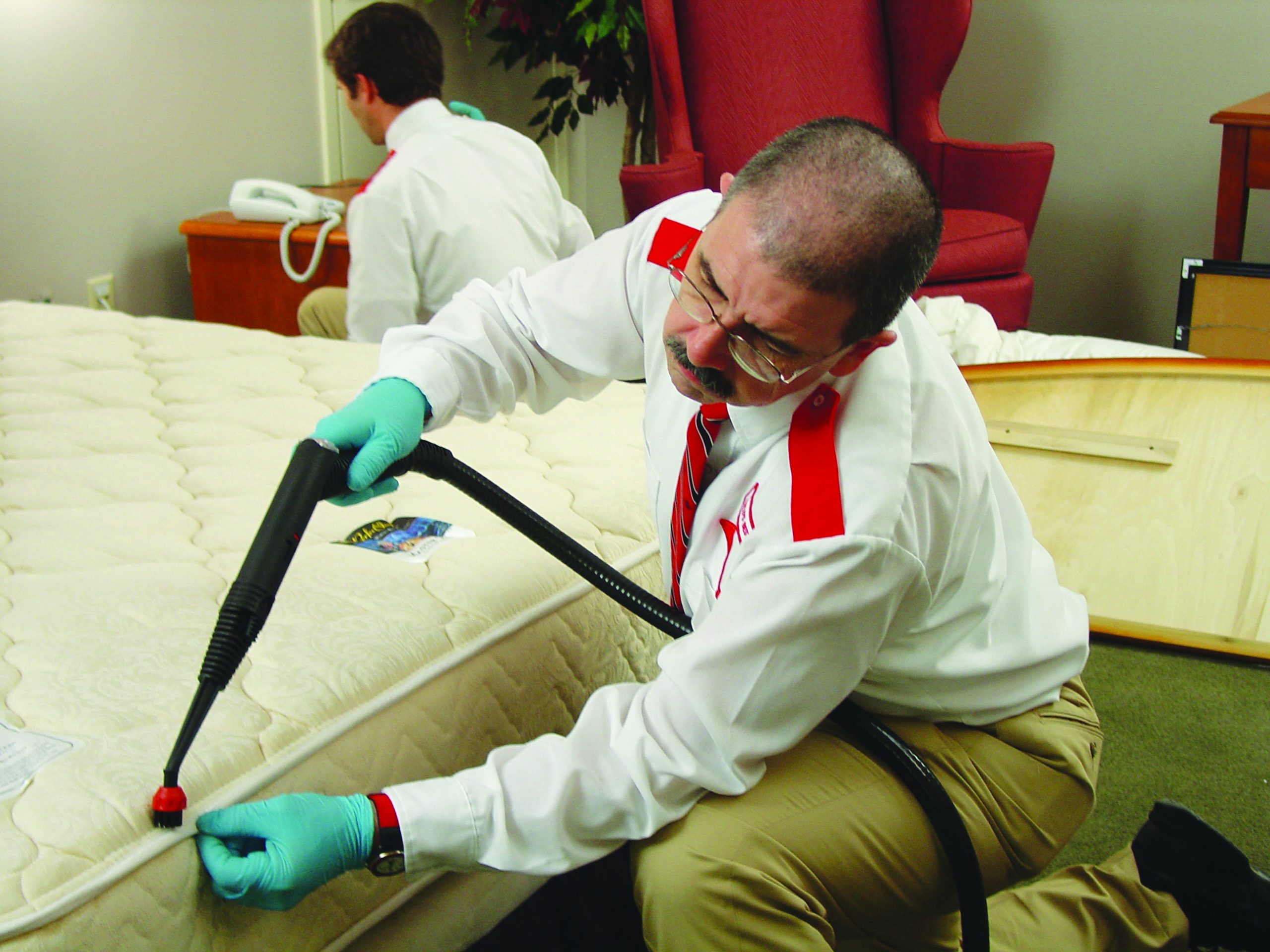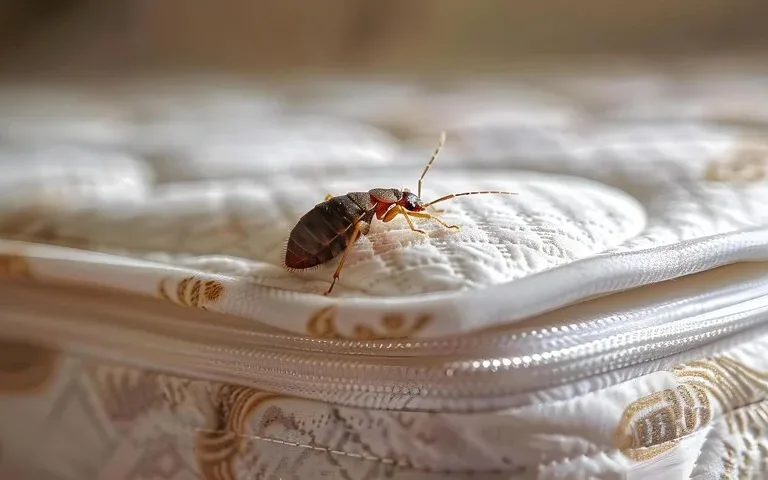Reliable Bed Insect Treatment Strategies: A Trick Component of Insect Control
The resurgence of bed bug invasions has underscored the necessity for effective therapy strategies within the bug control sector. These durable parasites, capable of averting conventional methods, require a diverse approach that incorporates both conventional and innovative methods.
Understanding Bed Pest Actions

One of the defining characteristics of bed pests is their ability to replicate quickly. A solitary lady can lay hundreds of eggs in her life time, leading to quick populace development if left unchecked. In addition, bed insects can make it through for several months without feeding, enabling them to sustain durations of host lack, which can impede prompt administration efforts.

Standard Therapy Methods
While modern-day techniques to bed pest monitoring have obtained popularity, typical treatment methods continue to be fundamental in attending to infestations. These approaches primarily consist of chemical treatments and physical interventions.
Chemical chemicals, such as pyrethroids and neonicotinoids, have been traditionally used to remove bed pests. These compounds function by disrupting the anxious system of the pests, causing their eventual death. However, as a result of the development of resistance among bed pest populaces, effectiveness can differ.
Physical approaches, including warm therapy, have likewise been component of standard techniques. This involves elevating the temperature of infested areas to a lethal degree for bed bugs, commonly around 120 ° F(49 ° C) for continual periods. This method is specifically advantageous as it can penetrate various materials and does not leave chemical deposits.
In addition, detailed cleaning techniques, such as vacuuming and cleaning ravaged bed linens and clothing, are vital in this technique. Securing cracks and crevices, together with utilizing cushion coverings, can also protect against bed insects from developing themselves in living spaces. Jointly, these conventional methods supply a critical foundation for managing bed insect problems effectively.
Modern Technologies in Treatment
The landscape of bed pest therapy has evolved significantly with the arrival of contemporary developments that enhance efficiency and efficiency in handling infestations - Bed Bug Heat Treatment. Among the most notable improvements is the usage of warm therapy, which involves elevating the temperature of plagued locations to levels dangerous to bed pests. This technique not only removes grown-up bugs but additionally targets eggs, thus interrupting their reproductive cycle
One more innovation is the implementation of sophisticated surveillance systems, such as bed bug discovery canines and state-of-the-art traps furnished with sensors. These tools help identify invasions early, permitting prompt intervention. In addition, the development of pesticides with unique modes of activity, designed to conquer resistance, guarantees that parasite control professionals have effective alternatives at their disposal.
In addition, the assimilation of innovation in parasite control monitoring, such as information analytics and mobile applications for tracking and reporting problems, streamlines the therapy process. These developments collectively add to more sustainable and efficient bed pest monitoring strategies, reflecting the industry's ongoing dedication to boosting parasite control outcomes. As an outcome, both homeowner and bug monitoring specialists can approach infestations with greater confidence and accuracy.
Preventative Actions for Problems
Efficient avoidance methods are crucial in minimizing the danger of bed pest problems, with proactive actions playing an essential duty in safeguarding both residential and business rooms. Among the most reliable strategies is normal evaluations of living and workspace, especially in locations where people regularly collect, such as resorts and public transportation. Early detection can substantially decrease the chances of an invasion ending up being established.

One more precautionary action entails the mindful examination of second-hand furnishings and garments before bringing them into your area. Utilizing protective encasements on mattresses and box springtimes can likewise offer an effective obstacle against bed pests.
Last but not least, enlightening citizens and workers about the indicators of bed insect presence, such as small blood stains or dark spots on sheets, encourages people to act quickly if they believe an invasion, thereby lowering the probability of widespread problems.
(Exterminator Washington DC)
When to Seek Professional Help
Identifying the indications of a bed bug problem beforehand can make a substantial distinction in handling the problem effectively. Small, brown bugs, along with corroded spots on bed linens, are signs that should not be forgotten. If these indications are obvious, it is critical to evaluate the severity of the circumstance.
Bed pests are infamously resilient, and their capability to conceal in hard-to-reach areas makes complex treatment initiatives. If you notice that bed insects re-emerge despite repeated efforts to eliminate them, it may be time to get in touch with a bug control expert.
Finally, individuals with allergies or breathing problems must prioritize professional intervention. The chemicals used in insect control can position health and wellness threats if not used properly. Inevitably, engaging a certified parasite control solution guarantees a thorough and efficient resolution to bed pest problems, guarding your home and health.
Conclusion
Reliable bed insect therapy methods are vital in managing problems and mitigating their impact. Ultimately, recognizing bed insect behavior and knowing when to look for specialist support make certain that efficient monitoring techniques are used, contributing to long-lasting parasite control success.